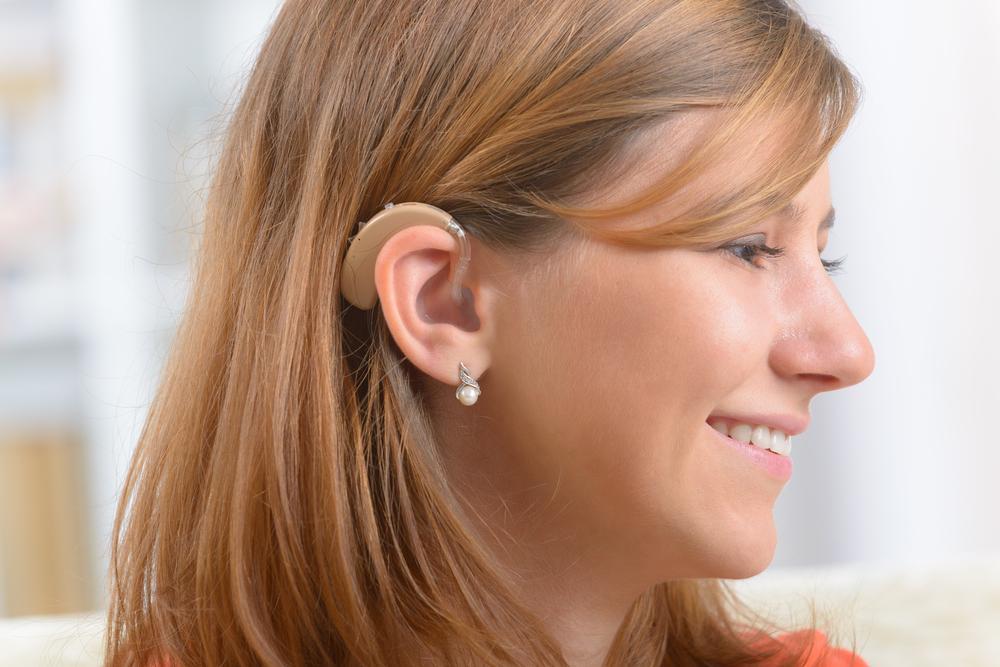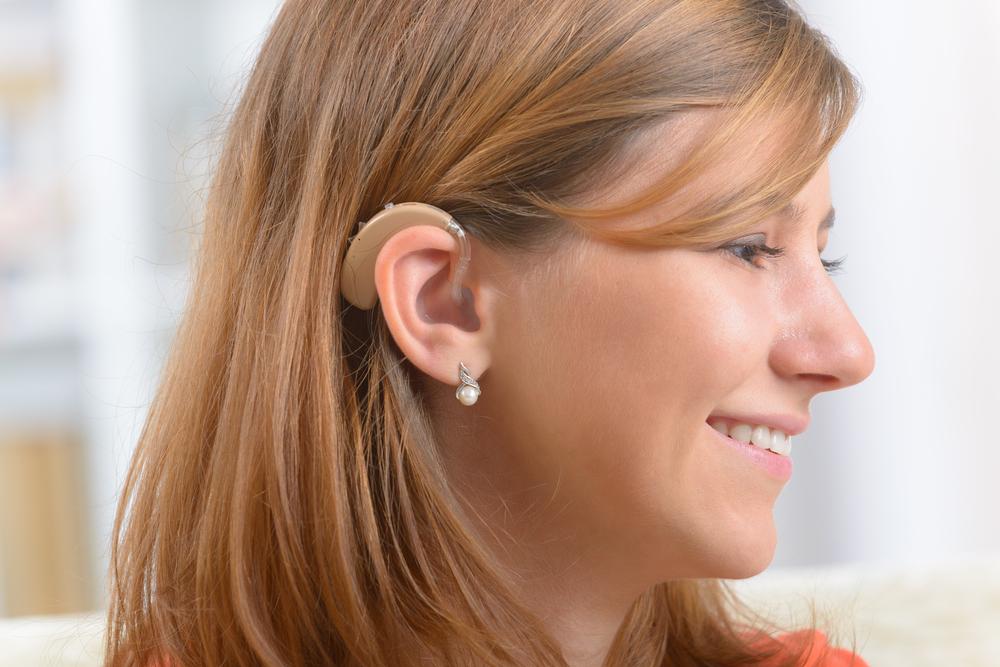Understanding Digital Hearing Devices
Explore the benefits and features of digital hearing aids, including their advanced sound processing, customization options, and connectivity features. Learn how these devices enhance hearing clarity and comfort through sophisticated technology, style choices, and user-specific adjustments. Digital hearing aids offer improved sound quality, reduce background noise, and support Bluetooth connectivity, making them a versatile solution for hearing enhancement needs.

Understanding Digital Hearing Devices
Digital hearing aids are electronic devices designed to enhance hearing through advanced digital processing technology. They work by analyzing sound waves, breaking them into smaller parts, and amplifying them for clearer hearing.
Comparison between Analog and Digital Hearing Aids
Both analog and digital hearing devices utilize microphones to capture sounds, amplify them using circuitry, and deliver the sound into the ear through a receiver, powered by batteries. However, their core difference lies in sound processing.
Analog aids amplify all sounds uniformly, often including background noise, whereas digital aids use computer chips to distinguish and enhance speech, resulting in superior clarity. Digital options tend to be more costly but offer many advantages.
Advantages of Using Digital Hearing Devices:
Modern digital hearing aids provide high-quality sound processing, amplifying soft sounds while minimizing loud noises. They can reduce whistling sounds and improve overall comfort. Users can personalize their devices with features that block wind noise or background sounds, ideal for windy environments or noisy workplaces. Many digital aids support Bluetooth connectivity, allowing seamless pairing with smartphones and other devices. They are also designed with various styles, such as in-the-canal (ITC), completely-in-the-canal (CIC), and behind-the-ear (BTE), catering to aesthetic preferences and functional needs. Advanced customization options like data logging help adapt the device to individual hearing profiles with ease.
Note: Our blog offers diverse insights and practical information across many categories. While our research aims to be precise, readers should verify details independently. The website is not responsible for discrepancies or content inaccuracies. Additionally, some offers and schemes might not be covered here but could be more beneficial elsewhere.










